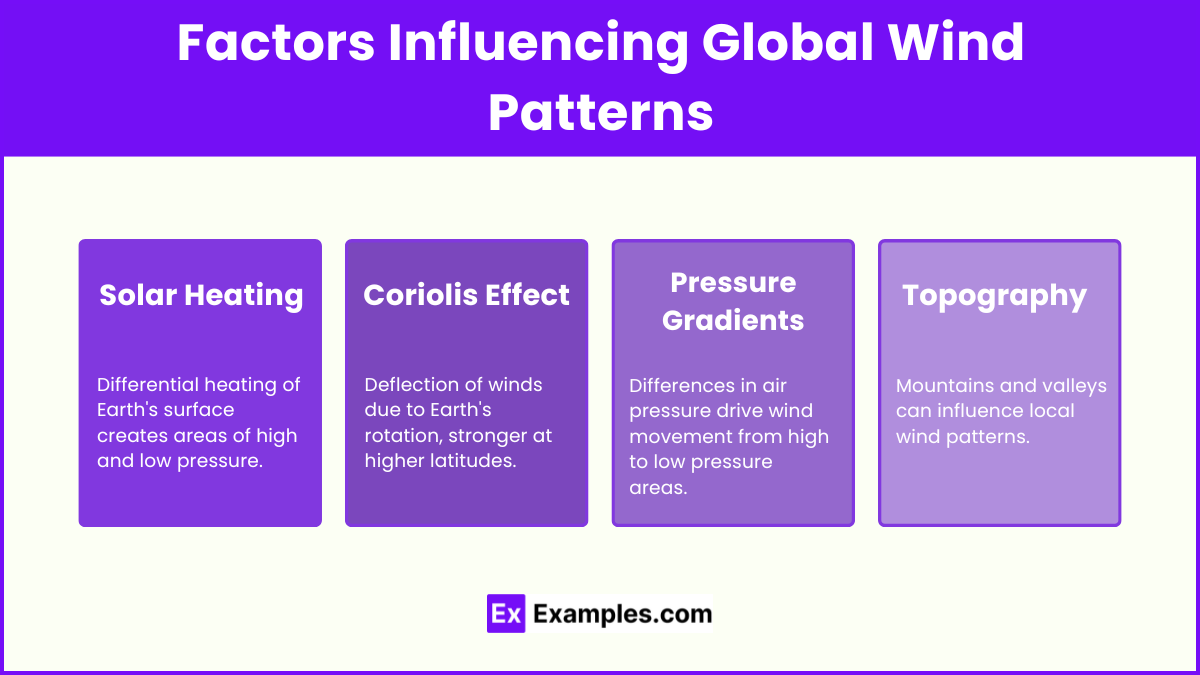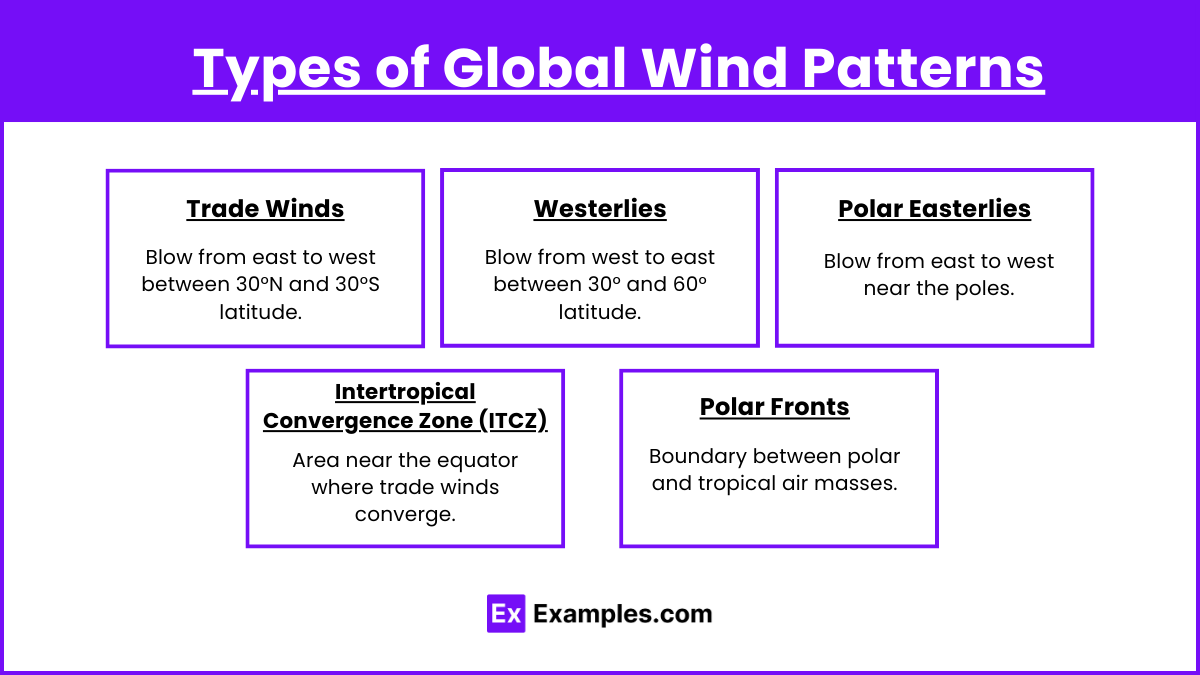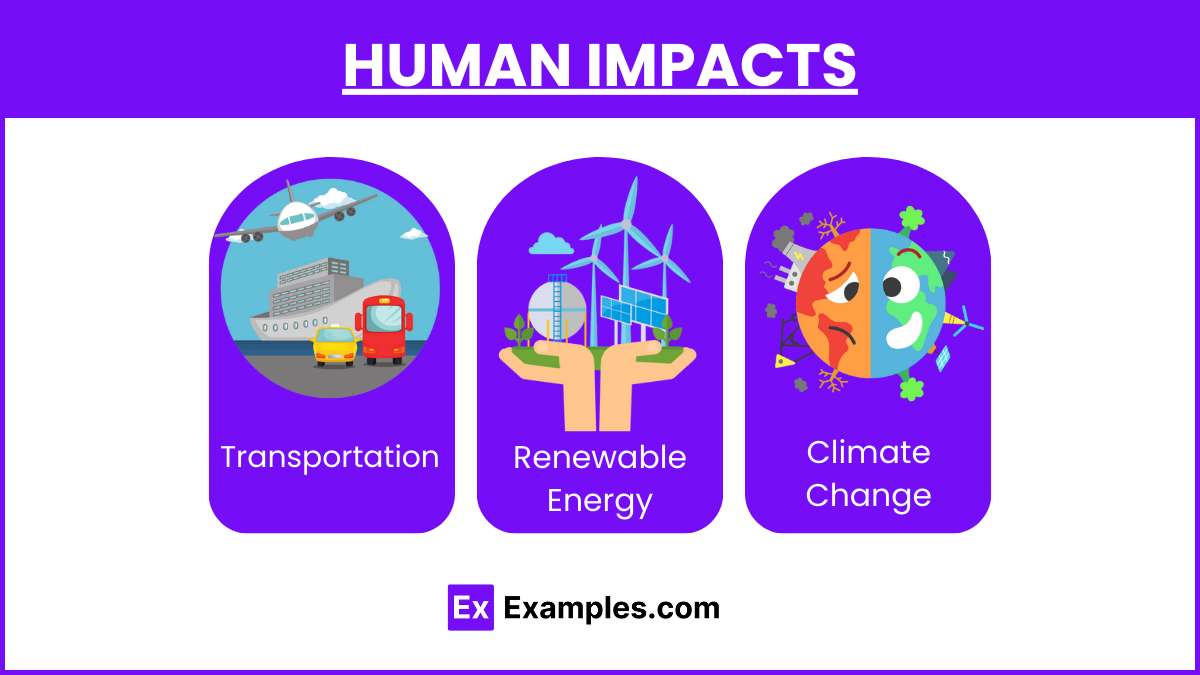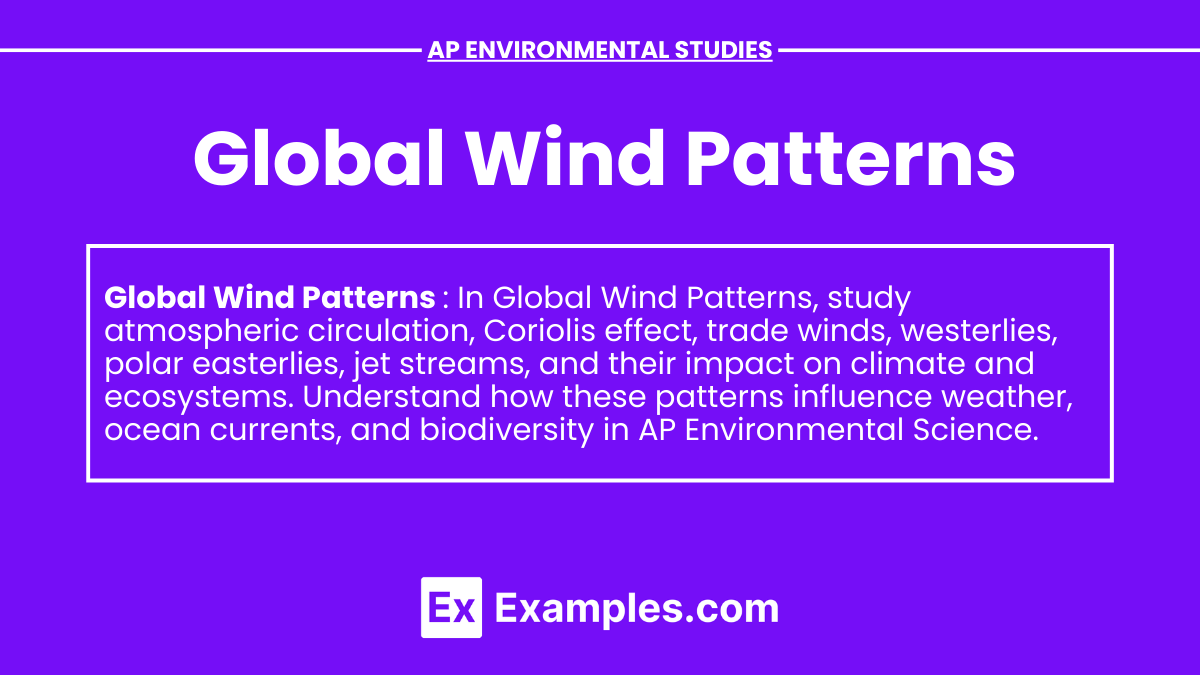Global wind patterns play a pivotal role in shaping Earth’s biosphere and ecosystems, crucial topics in AP Environmental Science. These patterns, driven by solar radiation and Earth’s rotation, distribute heat and moisture across the planet, influencing climate and biodiversity. Understanding wind dynamics is essential for comprehending weather systems and their impact on ecological balances within the biosphere. AP Environmental Science emphasizes studying how global wind patterns affect flora and fauna distribution, ecosystem resilience to climate variability, and human adaptation strategies in the face of changing environmental conditions.
Learning Objectives
Global wind patterns encompass understanding their influence on climate changes and the distribution of flora and fauna. Students explore the mechanics of atmospheric circulation, including the Coriolis effect and pressure differentials, which drive these patterns. They analyze how wind patterns affect ecosystems and biodiversity, such as ocean currents impacting marine organisms and desertification processes. The curriculum emphasizes assessing human impacts on wind patterns through activities like urbanization and deforestation, and exploring mitigation strategies to preserve ecosystem integrity amid global climate change.
Definition
Global wind patterns are large-scale air circulation systems driven by solar heating, Earth’s rotation, and differences in air pressure due to uneven heating of Earth’s surface. Understanding these patterns is crucial for studying weather, climate, and ocean currents.
Factors Influencing Global Wind Patterns

- Solar Heating: Differential heating of Earth’s surface creates areas of high and low pressure.
- Coriolis Effect: Deflection of winds due to Earth’s rotation, stronger at higher latitudes.
- Pressure Gradients: Differences in air pressure drive wind movement from high to low pressure areas.
- Topography: Mountains and valleys can influence local wind patterns.
Types of Global Wind Patterns

1. Trade Winds:
- Location: Blow from east to west between 30°N and 30°S latitude.
- Cause: Result from the Coriolis effect and pressure differences.
- Effect: Used by sailors for centuries due to consistent direction.
2. Westerlies:
- Location: Blow from west to east between 30° and 60° latitude.
- Cause: Interaction between polar and subtropical air masses.
- Effect: Influence weather patterns in mid-latitude regions.
3. Polar Easterlies:
- Location: Blow from east to west near the poles.
- Cause: Cold, dense air sinking at the poles.
- Effect: Affect climate and weather conditions in polar regions.
4. Intertropical Convergence Zone (ITCZ):
- Location: Area near the equator where trade winds converge.
- Cause: Rising warm air creates low pressure and frequent rainfall.
- Effect: Affects tropical climates and precipitation patterns.
5. Polar Fronts:
- Location: Boundary between polar and tropical air masses.
- Cause: Interaction leads to stormy weather and cyclones.
- Effect: Influences mid-latitude weather systems.
Global Wind Patterns and Climate
- Monsoons: Seasonal reversal of winds due to differential heating of land and ocean.
- El Niño and La Niña: Disruption of normal wind patterns in the Pacific Ocean affecting global weather patterns.
Human Impacts

- Transportation: Utilized historically for trade and navigation.
- Renewable Energy: Used to harness wind energy for electricity generation.
- Climate Change: Altered wind patterns may affect weather extremes and migration patterns.


